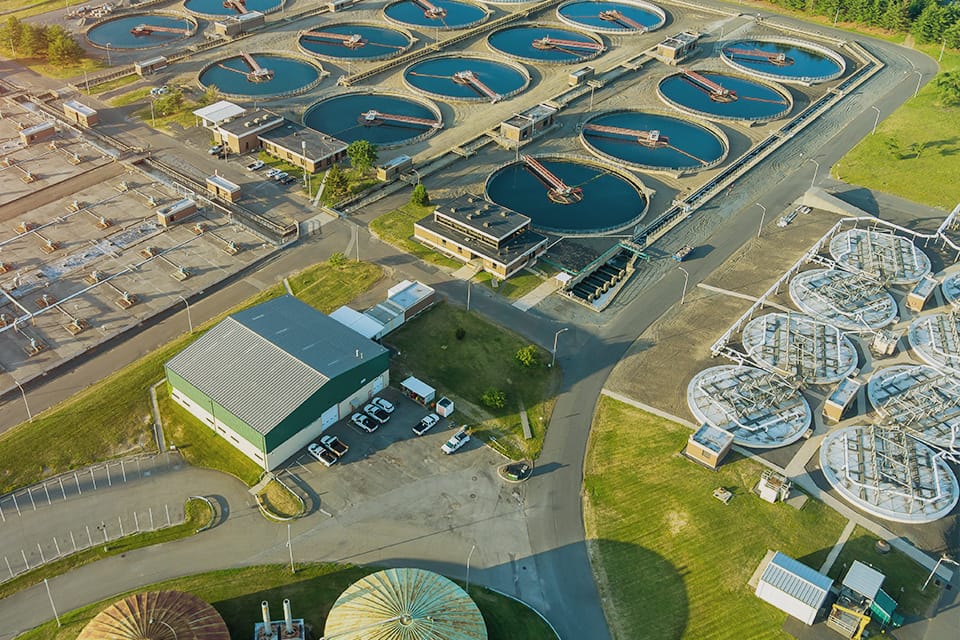
Getting Ready for Winter — What Safety Leaders Need to Know Now | Risk Matrix Episode 118
THE RISK MATRIX Cutting-edge podcast on occupational safety and risk management. Hosted by industry titans: JAMES JUNKIN, MS, CSP, MSP,…

Because of limited resources and funding, utility companies focus more on planning for their buildings and facilities. They collect the correct data through a facility condition assessment to do this effectively.
Conducting the best assessment can help make any building’s money go further. However, they must first understand what it is and how to run it.
This article discusses the facility condition assessment concept, explains its importance in the utilities industry, and lists steps to complete one successfully.
A facility condition assessment is a detailed inspection of the property’s physical condition and performance. It helps decide whether the building and infrastructure are suitable and proper for its intended use.
Property owners and facility managers can use assessments to improve worker safety, lower costs, and minimize the risk of system failure. They can specifically focus on fixing or improving what needs attention first. This relies on importance, cost, and effect on the building’s overall state. This assessment finds any problems or shortcomings that we need to address.
Objectives of a facility condition assessment include:
The advantages of a facility condition assessment include the following five:
Facility condition assessments help utility companies plan and prioritize repairs for cost-effective long-term maintenance. For example, finding and fixing a leak can prevent costly damage later.
These assessments can aid in detecting property or building defects, including leakage, broken equipment, and obsolete systems. By finding these shortcomings, facility management teams can prioritize maintenance and repair efforts to avoid added safety risks.
These tests can find problems in buildings, like HVAC systems that don’t heat or cool properly. Identifying these concerns enables building proprietors to implement measures that enhance the convenience of occupants.
They can also detect safety hazards. Early identification of these dangers enables building owners to make informed decisions and implement preventative measures that safeguard workers.
Facility condition assessments help owners know how their building is doing and how long various parts will last. This information is valuable for planning maintenance and budgeting for repairs. Hiring clients can figure out what repairs and upgrades are necessary to maintain the building’s condition.
Knowing how long building parts last can help owners decide on future investments in the property. This information can help management create long-term budgets and plans for upgrades and repairs.
A facility condition assessment checklist should include the following tasks:
The assessment should include necessary and immediate interventions to keep facilities running effectively.
The six steps for completing the assessment are as follows:
Facility management should begin by deciding on the assessment’s goals and scope.
They must find the specific facility components and areas that need assessment, including but not limited to:
They should create a template form to record findings and observations during the facility condition assessment.
Next, an inspection team should evaluate all aspects of the facility better to understand the assets, systems, and parts. That team might consist of the following:
Management should ensure the team knows the project and shares problem-solving ideas. Collaboration and open communication are crucial to overcoming obstacles and achieving project goals. Encourage a supportive and inclusive team environment that values and considers everyone’s input.
The safety team must review and store all the stored data. That might include:
The team should also talk to building staff and operators to learn about the challenges they face every day.
The facility condition assessment should include the following in its report:
The report should have spending summaries from the past ten years, but managers can adjust the timeline to fit their needs. They should also write a summary that includes the most pertinent data points.
Afterwards, the facility management team must review the report. They need to include all findings in the budget and maintenance plans. They should also request an external review for errors and ensure you have addressed all necessary components.
Facility condition assessments help organizations decide how to distribute their budget for facilities. These assessments evaluate the condition of the facilities and figure out the most effective use of funds.
Presenting the report to senior managers is the first step in that process. Then, managers should establish and execute a plan and give their personnel the tools necessary to finish their tasks.
In summary, routine facility condition assessments are essential for preserving and enhancing a property’s condition. Through defect identification and repair prioritization, utility companies can decrease expenses and elevate safety measures for their workers.
Property owners and facility managers need to prioritize evaluating their buildings to ensure safety and longevity. This is crucial for their capital planning strategy.
However, a facility is truly only as safe as the personnel who work in it. You should hire workers who have the right experience, credentials, and training to make the worksite safer and secure. Work with us to set up a solution that finds good utilities contractors, gets them started quickly, and completes projects faster.
Contact us today to learn more.


THE RISK MATRIX Cutting-edge podcast on occupational safety and risk management. Hosted by industry titans: JAMES JUNKIN, MS, CSP, MSP,…
We’ll send you practical and insightful supply chain risk management info that can benefit your business. Plus, important company updates that keep you in the loop.
